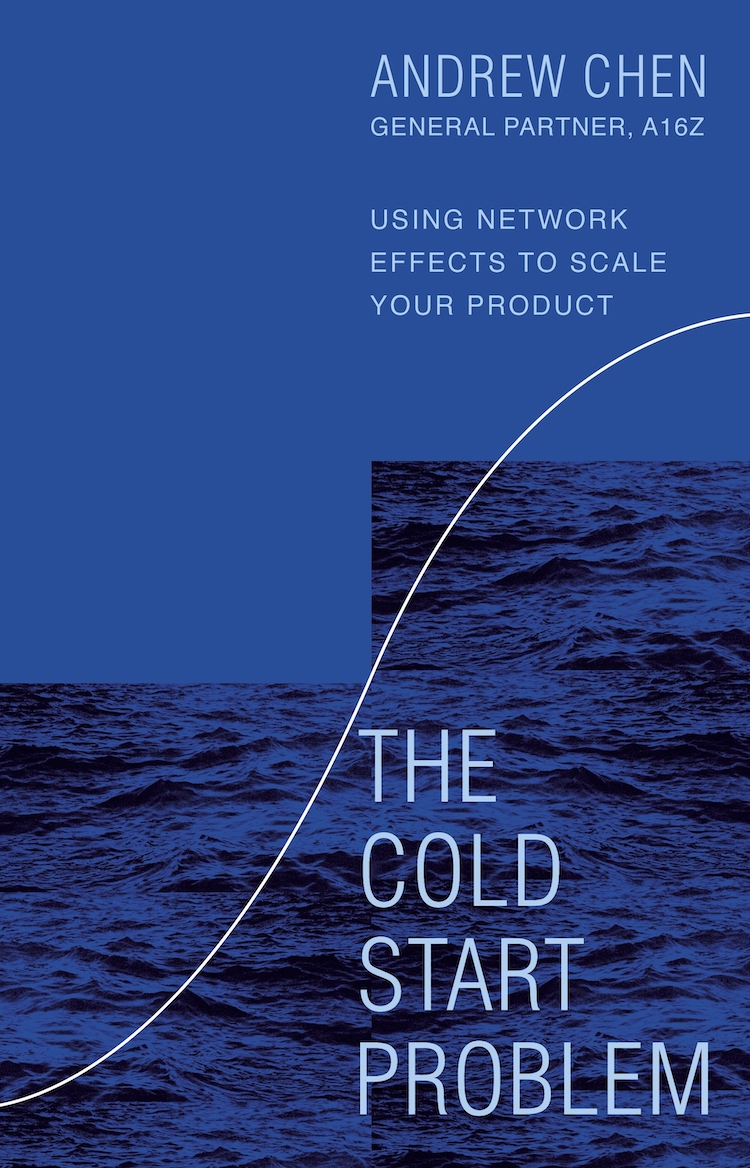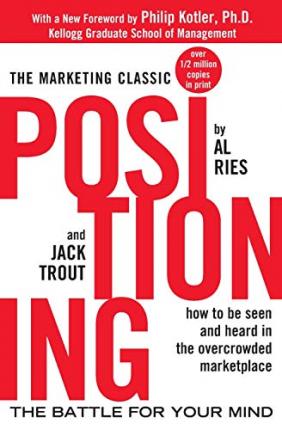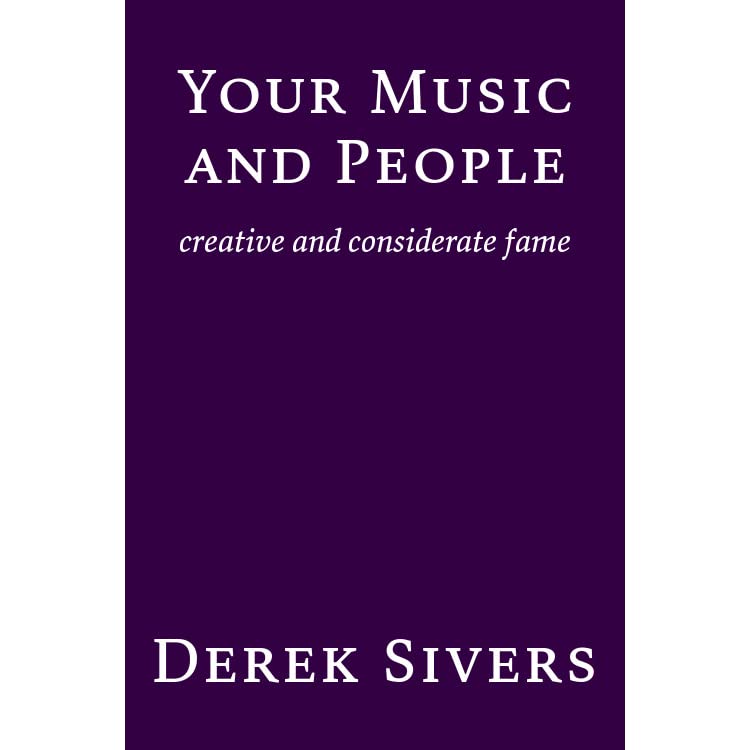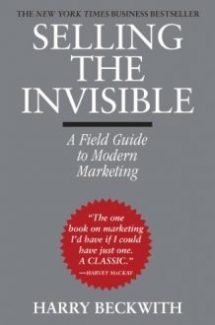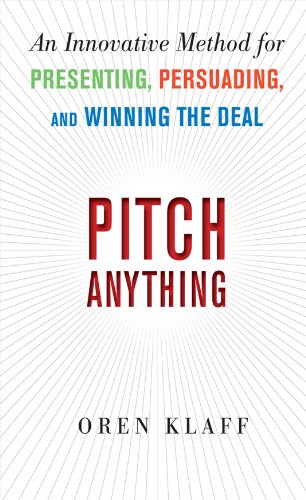Start With Why
by Simon Sinek
- Marketing
- Ashto =
- Jonesy =
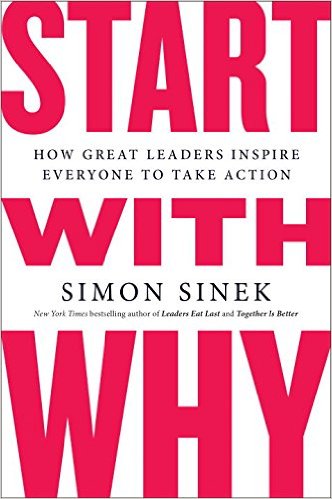
Start With Why – by Simon Sinek
‘Start With Why’ is a great book about a massive mistake a lot of people are making. Simon Sinek’s TED Talk, based on the principles in this book, is the third most viewed of all time. Essentially, he argues that people make a fundamental error when they try to sell based on WHAT they do. “People don’t buy WHAT you do, they buy WHY you do it”.
‘How great leaders inspire everyone to take action’
Start With Why Summary
A company called ‘Creative’ developed a revolutionary 5GB portable MP3 player, but was never able to capture the world’s attention. 22 months later, a rival company launched a similar ‘5GB portable MP3 player’ that revolutionised how we consumed music and changed the trajectory of the company that created it. Almost two years after Creative put out their product to almost no fanfare, Apple launched the first iPod and it changed the world. Why did one flop while the other thrived? Steve Jobs chose to Start With Why.
Simon Sinek shows there are three elements to spreading an idea and explaining your message:
Why – purpose/belief
How – unique selling proposition
What – features of the product
Most messaging starts by highlighting the remarkable features (the ‘what’), the talk about their processes (the ‘how’) and lastly close with a ‘why’. But this is all wrong – we should be telling stories in the EXACT OPPOSITE direction.
Carrots and Sticks: Manipulation vs inspiration
How are you driving people to take action? Are you inspiring them, or are you manipulating them? Are they do it because they want to do it, or are they doing it because they fear what may happen if they don’t?
You definitely can manipulate people into doing what you want them to do. If you want a customer to buy your product, you can manipulate them by changing the price – you can offer a big discount that entices them to buy, playing on their psychology that they don’t want to miss out on a good deal. And it works… once. You can probably trick people into buying something at a big discount once, but that strategy won’t work forever. The same goes for cash back offers, ‘2 for the price of 1’, or any other short-term price manipulations – once customers expect the discount, they’ll never buy at full price again.
Fear is another way we manipulate. If we don’t want our kids to smoke, we show them pictures of clogged blackened lungs or someone who has to eat through a tube. If we want our employees to work harder, we hold threats over their heads. Again, this works… in the short term, but has the exact opposite outcome in the long term when employees rebel against the false pressures.
Other types of manipulations – like promotions, peer pressure, novelty – all work in influencing short-term behaviour but they lead to transactional arrangements and one-off encounters but don’t foster any longer-term commitments or loyalty. The only way to get long term mutual benefits and play more of an ‘inifinite game’ (as is the title of Sinek’s newest book published in 2019, see book #XX Finite & Infinite Games for the original philosophy behind it) is to work on inspiration not manipulation. We inspire people when we talk to a greater WHY.
The Golden Circle
What – what you do
How – differentiating value proposing, unique selling proposition
Why – purpose/belief
Sinek gets us to imagine an Apple sales pitch:
“We make great computers. Theyre beautifully designed, simple to use and user friendly. Wanna buy one?“
This follows how most people share their ideas: what (great computers) and how (beautiful design, simple to use). It’s solid, it’s a compact way of telling you what they do, but you’ probably haven’t put this book down to rush out the door and buy one.
Contrast it with a message that starts with why:
“Everything we do, we believe in challenging the status quo, we believe in thinking differently. The way we challenge the status quo is by making our products beautifully designed, simple to use and user friendly. And we happen to make great computers. Wanna buy one?“
Why (challenging the status quo) then how (beautiful design) then what (computers). The best companies, the ones that win, are the ones that have clarity of why, discipline of how, and consistency of what.
Apple used similar marketing when Steve Jobs launched the iPod. They didn’t talk about how much storage it had (the what), they talked about ‘1,000 songs in your pocket’. B this stage you’re not just buying a product, you’re buying into an idea and into an identity – you’re buying the ‘why’.




